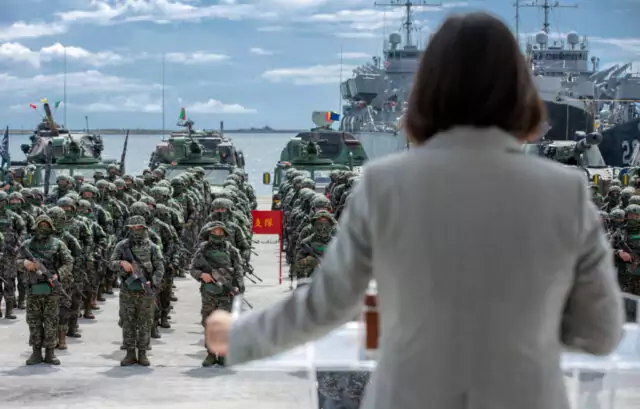
Two Western officials and an Iranian military strategist linked to the Islamic Revolutionary Guard Corps (IRGC) have accused Israel of being behind attacks on two major natural gas pipelines in Iran last week, The New York Times reported on Friday.
On Feb. 14 at around 1:00 a.m., blasts hit several points along two pipelines in the Iranian provinces of Fars and Chahar Mahal Bakhtiari. Iranian officials immediately labeled them “sabotage.”
The IRGC military strategist said Iran held Israel responsible given the complexity and size of the operation, according to the report. He said collaborators inside Iran were almost certainly involved to discern how and where to strike.
Jerusalem declined to comment on the attack.
The blasts signify an escalation in the shadow war waged between Iran and Israel, the paper noted. While Israel has long targeted Iran’s military and nuclear sites, by blowing up energy infrastructure it disrupted the supply of heat and cooking gas to millions of civilians.
Israel has been accused of waging cyber attacks affecting Iranian civilians, including an October 2021 cyber attack on Iran’s fuel distribution system that paralyzed the Islamic Republic’s 4,300 gas stations.
“The enemy’s plan was to completely disrupt the flow of gas in winter to several main cities and provinces in our country,” Iranian oil minister Javad Owji told the press on Friday.
“Except for the number of villages that were near the gas transmission lines, no province suffered a cut,” said Owji.



















